In Part Two of this series, we spoke about some of the key attributes good hunting dogs should possess before being considered for training, two of those being trainability and high prey drive. In this article, we look at both components and how to enhance, encourage and assess your dog’s potential to train successfully.
Is My Dog Suitable for OnGoing Training?
To answer this question, we’ll capture a wee pup’s journey through the training system, some of the challenges she’ll face, and some of the ways to navigate those challenges. As trainers, we’ll also encounter the ‘wolf brain’ – the ability of dogs to do the least amount of work for the most amount of reward. This trait, and the frustration it can generate, is the main reason people give up training their dogs.
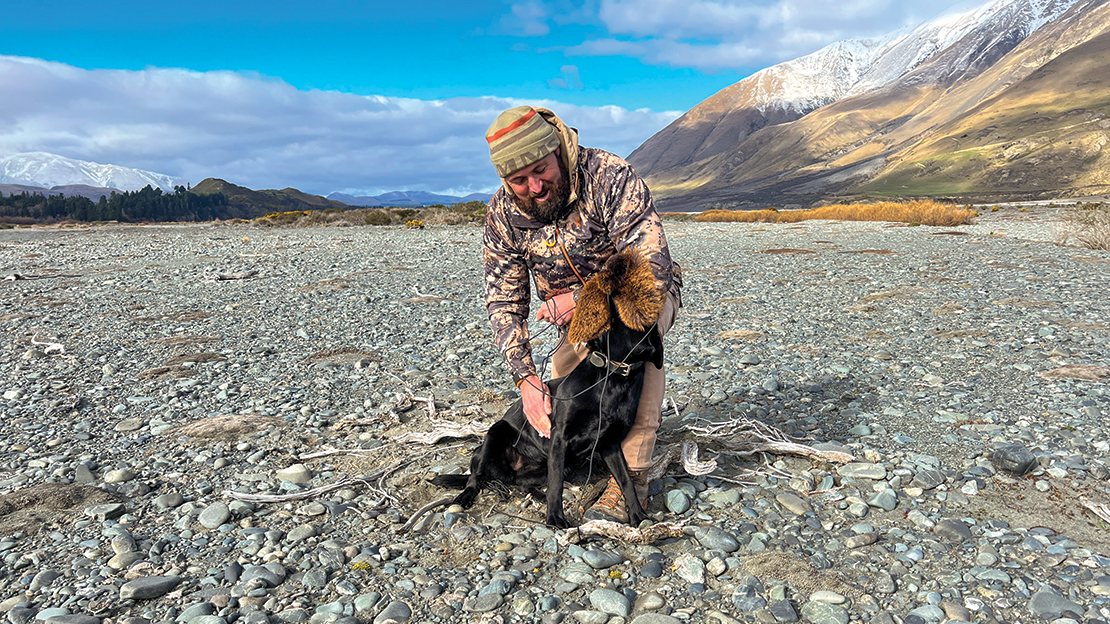
Introducing: Mini Benfell – an 8-month-old Labrador-X bitch from a line of hunting dogs in the South Island. Mini is to be trained as an all-round hunting dog capable of indicating and tracking deer, pigs and hopefully flushing upland game birds and ducks.
Dave – Mini’s owner – selected Mini from her littermates based on three criteria: female, boisterous and social. Dave wanted a bitch, as his thinking was that often a bitch will hunt for you and not herself, whereas male dogs traditionally hunt for themselves and not for you. I accept there are exceptions to this; I’ve had some great dogs that hunted for me. Boisterous pups usually possess the building blocks of high prey drive and, when not hunting, Mini is to be a companion for Dave’s son Bowen, so bonding with Bowen at the initial meeting was a big plus.
Stage One: Trainability (Obedience)
The first assessment we undertook with Mini, once home and settled in, was obedience. A word of caution here. Just like a good venison steak, we can overcook things with disastrous effects. One short 5- to 10-min obedience session, which is fun and ends successfully for your pup, is all you need daily.
To start, Dave introduced ‘sit’, ‘heel’, ‘stay’ and ‘come’ commands – on the lead initially, progressing to off-lead. Dave worked on one command each day over a 3- to 4-month period.
The training formula Dave followed was the NZ Police structure: Command, Action, Guidance, Praise and Repetition (CAGPR).
In practice, CAGPR looks like this:
Command: sit
Action: your dog sits (if your dog doesn’t sit, move to guidance)
Guidance: repeat command (‘sit’) while at the same time applying pressure to the top of the hips, gently pushing the dog into a sitting position.
Praise: repeat command (‘sit’) immediately your dog is in the sit position. In a gentle, enthusiastic voice, praise the dog for completing the task.
Repetition: through repetition of this process, you should no longer need to guide the dog into the sit position with your hand – your dog should now sit on command.
With all obedience commands, the dog should never break the required position.
“You own the command and therefore you choose when the activity ends.”
Some tips regarding obedience training:
• Select a location that your dog comes to associate with obedience training, success and enjoyment. A fenced-in area with few distractions – such as other animals, yummy compost or rubbish smells, children running around, etc. – is good. This gives your dog the best opportunity to succeed; the fence protects your dog when you transition to off-lead work (in case, for example, he/she runs away from you and onto a road).
• Also, think about the terrain you’re training on; grass is good, wet grass not so. (Think of how resistant you would be if you were asked to sit on wet grass!)
• You want these sessions to be successful and enjoyable for your mate. These sessions set the mood for future training and therefore, you reap what you sow in the early months. What does enjoyable look like in practice? Be Ronald McDonald – he’s positive, animated, excitable and fun to be around. (I accept, however, there are some creepy-looking clowns out there!)
• The final tip around obedience and dog training in general: if you’ve had an argument with your partner, or if the All Blacks or Silver Ferns have just lost to Australia, or your mate just crashed your car, leave your dog in the kennel and make a cup of tea instead. What you’re feeling transitions down the lead and transfers to your little mate – they feel what you feel, and they know when you’re upset. At these times, leave the training for another day.
The willingness with which your dog undertakes obedience training and the speed at which they learn each task are good indicators of whether you could be onto a winner and therefore a dog worthy of moving to the next step.
Mini proved to be a very quick learner and was eager to please Dave. Early issues with her breaking the sit or stay were rectified by Dave being consistent with her and returning her to the required position with high praise once she completed the task.
“The standard you accept from your dog is that which you’ll receive.”
Being a quick learner meant Mini’s minor indiscretions and Dave’s consistent redirection allowed her to achieve the four commands he wanted her to learn.
Tick one for Mini – she’s trainable.
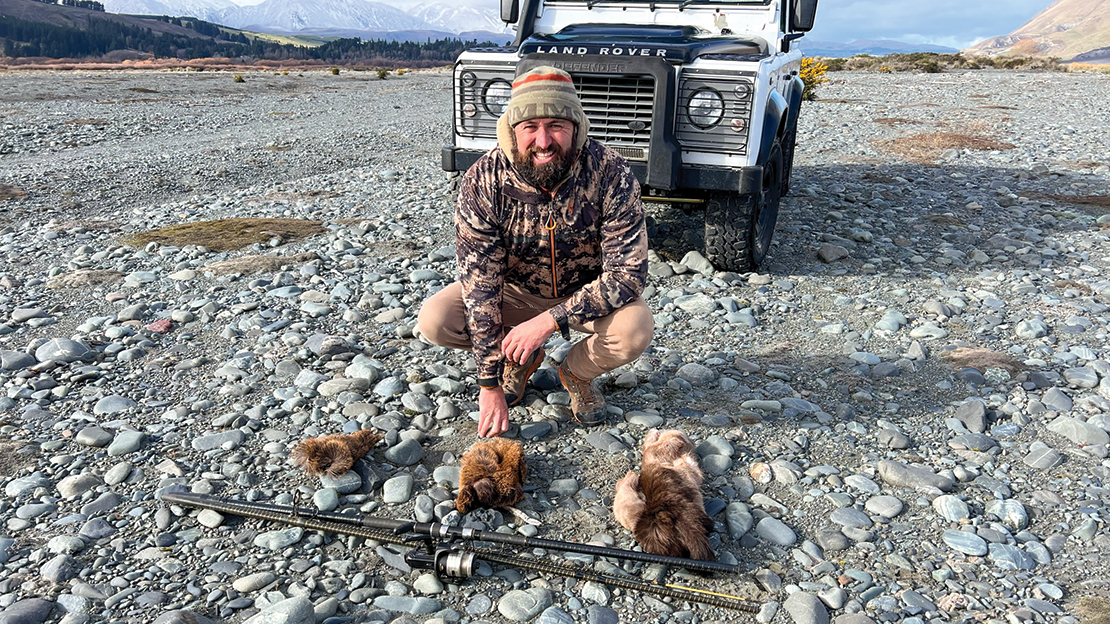
Stage Two: Building Prey Drive and Odour Recognition
‘Prey drive’ refers to the willingness of a dog to find, pursue and catch its prey; the higher the prey drive, the better the chance of your dog succeeding as a hunter. ‘Odour recognition’ is the process of training your dog to locate a specific odour/animal. Prey-drive building and odour-recognition training can be undertaken together, and as with obedience training, these sessions should be short and enjoyable – and yet, a very frustrating experience for your dog. I’ll explain.
Building prey drive is essentially tormenting your dog with a fresh or newly defrosted piece of the target species’ skin. I like to tie a piece of skin to a length of string and bring it to life (just like paper on a string for a cat). I do this with someone holding the dog on a lead and we don’t allow the dog to catch the skin. Once I have the dog’s attention, I go off-lead and move the skin in a figure of eight between my legs always staying ahead of the dog (again, not allowing the dog to catch the skin). Once the dog is thoroughly worked up and frustrated, I withhold the skin and put the dog back in the kennel or back on the lead.
My manner during this exercise? Picture this: you’re a little child again and the kid from next door comes out on the street with an ice cream – a big, fat, tasty ice cream – and you don’t have one. Then the little punk starts licking it in front of you saying, “I’ve got an ice cream and you don’t have one. Your family’s too poor. Na-na na-na na-na!”
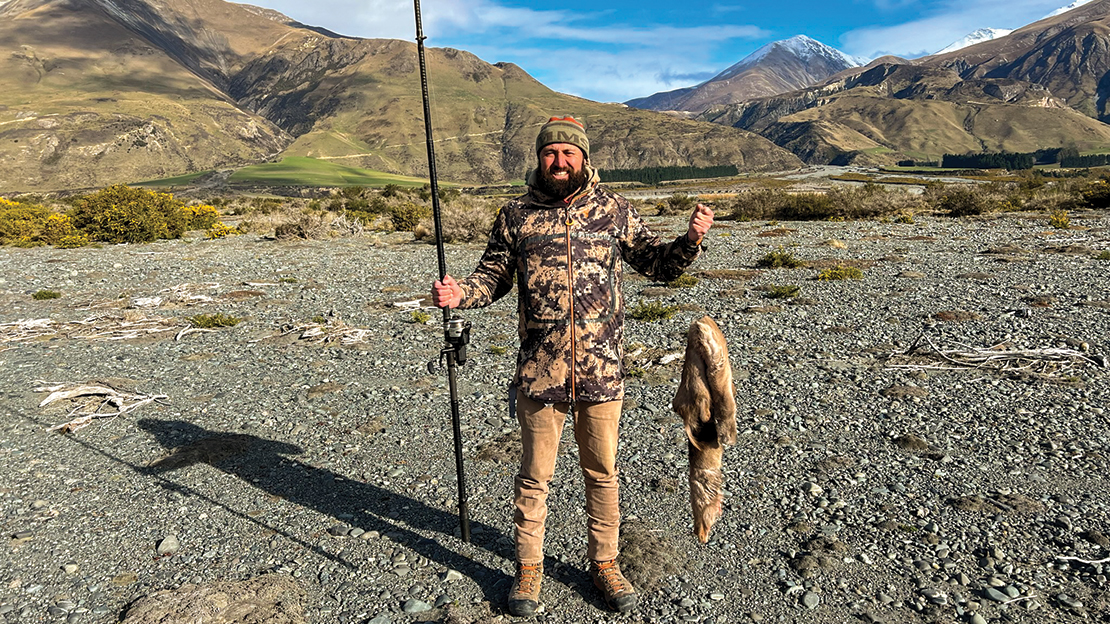
When building prey drive, you’re that little kid with the ice cream.
What I’m looking for: an excited dog – even manic – chasing the skin, whining excitedly, barking in frustration and not giving up the chase. This session should only last for a couple of minutes tops.
It’s okay for the dog to catch the skin, and sometimes they will (especially smaller, faster dogs). However, the golden rule is, ‘Never allow the dog to get sick of the chase’. If you let your dog have the skin to chew on after the session, or if you let it catch the skin too frequently, your dog will lose the desire to find the skin during search training, especially when things get harder. I.e., when the track distances increase and direction changes are introduced.
“Building prey drive = frustrating your dog.”
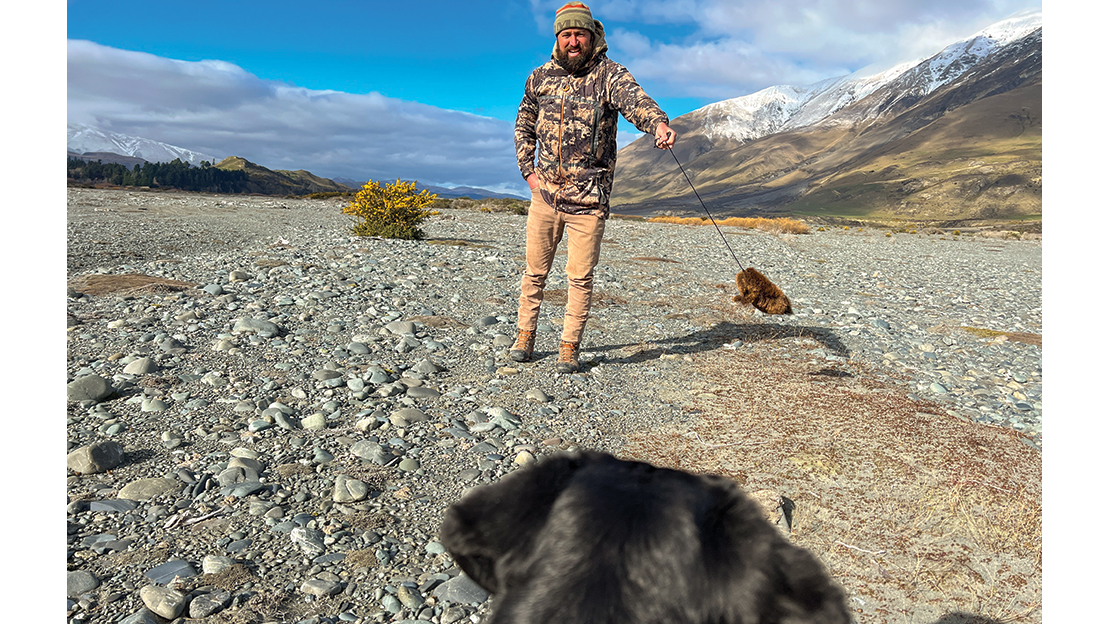
Mini, from her first day as a Benfell, was introduced to her two main odours: red deer and fallow deer. The skins were a combination of fresh and defrosted, and as Dave secured new training skins, the old ones were retired before they started to decay.
Dave would hold Mini on her lead, and I’d tease her (I’ve got the ice cream). She was animated, pulling on the lead, trying to retrieve the skin. We then transitioned to a figure of eight between the legs, with Mini catching the skin frequently (she’s a quick little monkey).
Tick two for Mini: she now possesses a high prey drive.
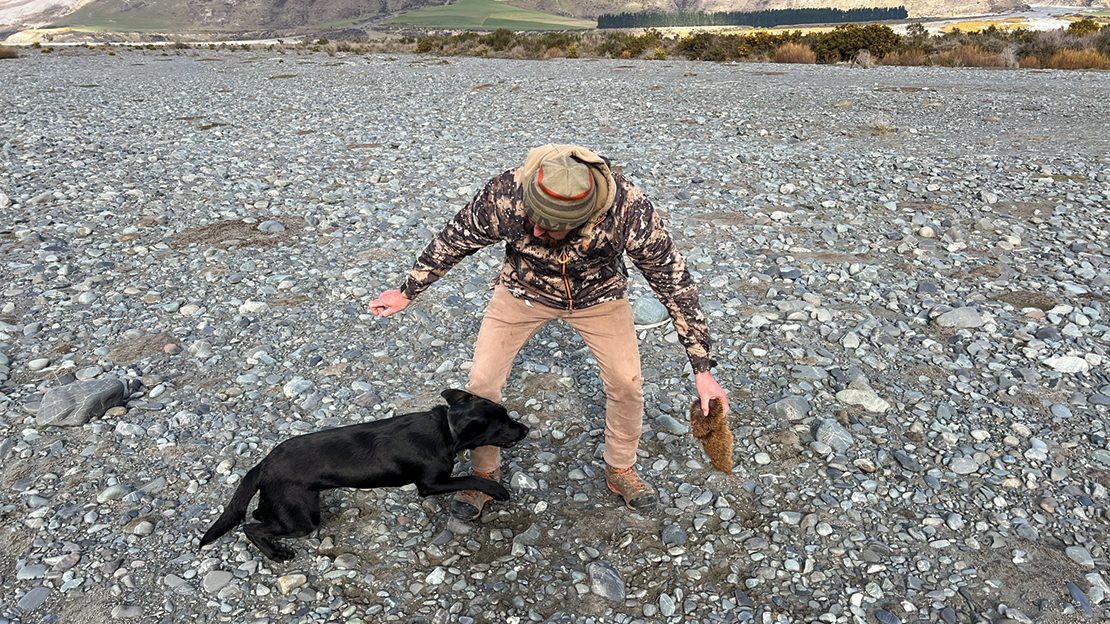
Stage Three: Tracking Training – Locating the Odour (Visually)
If you find yourself on your knees showing your dog how to sniff the ground … Pro tip: he probably isn’t going to work out for you!
Luckily, we don’t have to train dogs how to track animals – they do it naturally. What we are required to do, however, is to show our dog what it is we want them to find. The odour recognition training we’ve undertaken to get to this point is us keeping our part of that deal.
Before commencing tracking training, think of a command you can use to switch your dog on – a command your dog will understand and respond to as, “Oh yeah, we’re hunting!” The command I use for my dogs has always been, “Seek it Out!” Others could be, “Find it!” or “Where is it?”
The first part of tracking training involves laying a short track with a large target odour skin on a string (10-15m), fully visible to the dog. The dog remains on a long lead, held back by the handler. The dog is then encouraged by waving the skin in front of him, the skin is dropped on the ground and dragged in a straight line to where it’s left on the ground in full view. The handler then utters their “Seek it Out!” command, and the dog is followed to the skin where it’s allowed to grab it and have a shake. Make sure your skin is large – small pieces tend to get eaten at this point if you’re not careful. Your response immediately your dog grabs the skin should be clownlike: happy, happy, happy, fun, fun, fun! “Good dog! Good dog! Good dog!”
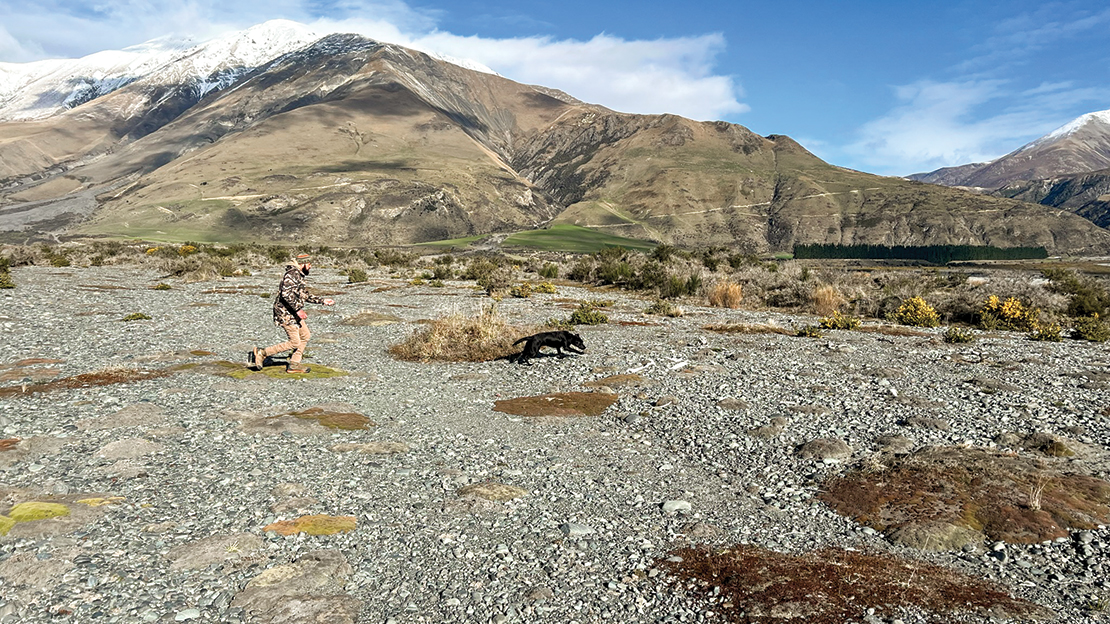
The final response you’re wanting from your dog at the point of locating the skin can be reinforced in later training, a few weeks down the track. The purpose of this stage of the training is about successfully locating the skin and being rewarded for doing so.
Mini responded to the visual tracking training like a star, so much so that we transitioned to hiding the skin behind a tree out of sight in short order. Mini displayed the ‘wolf brain’ in spades, quickly figuring out that to find the skin, she needed only to track Michael – me, the guy who laid it!
We’ll address how to defeat the wolf brain in the next article, and in so doing, confirm that Mini recognises the odour she needs to locate and isn’t just tracking the person who laid it.
Conclusion
Mini’s progress through the programme to date is promising. She’s proven to be trainable, shows a high prey drive and has taken to visual search training like a champ. She’s displayed a willingness to please Dave, and in turn, Dave has responded with genuine affection and pride in his little mate.
In the first article, I spoke of the training relationship between dog and handler as being one of mutual respect and trust. This is what that relationship looks like. In the next article, we’ll continue with hunting training (tracking) and show both Mini and Dave how to hunt varying terrain.
Good girl, Mini.

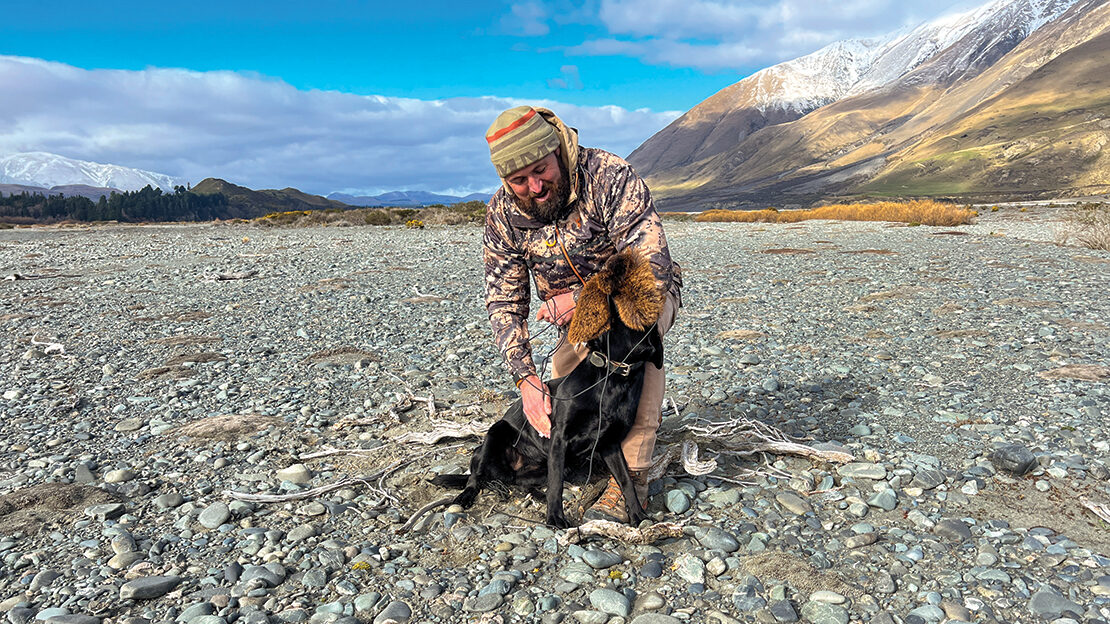
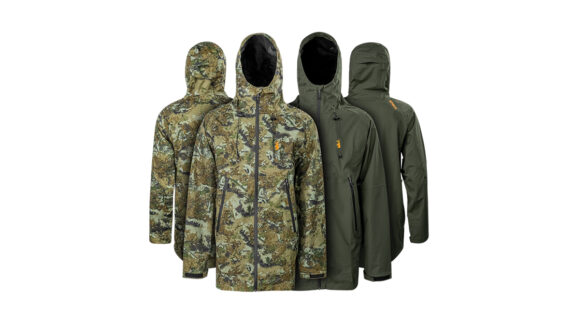
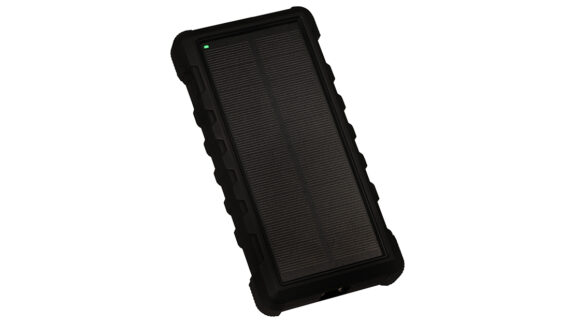

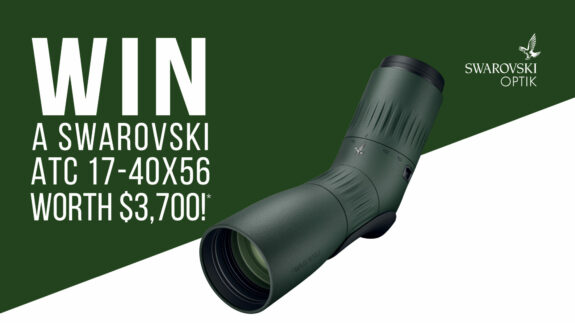
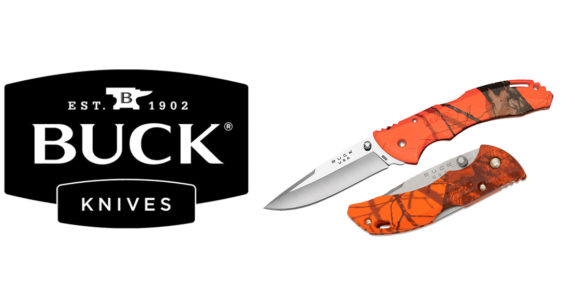
SHARE YOUR BEST PICS #NZRODANDRIFLE